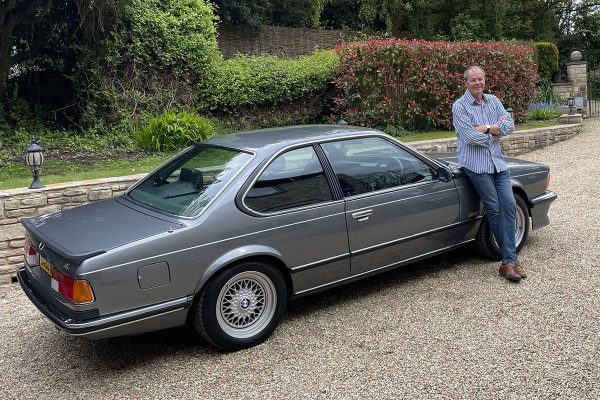Distracted driving policies need consequences
Identifying such distraction trends is an important start to creating and enforcing policies and promoting compliance. Whilst you can easily put a policy in place to tackle distracted driving, this needs to be backed up with consequences and compliance technology to ensure the issue is taken seriously. Many suppliers offer technology to combat distracted driving, such technologies can help to decrease dangerous accidents, limit company liability and even help to lower fleet insurance premiums. Solutions can include warning drivers of dangerous manoeuvres, keypad locking on phones when vehicle is in motion, audible driver mentoring, and ‘How’s my driving’ programmes.
Top ten tips for reducing distracted driving within your fleet
- Put your zero-tolerance anti-distracted driving policy in writing and promote via repetitive communications.
- Include more than just mobile usage in your anti-distracted driving policy, and make it completely clear exactly what distracted driving includes.
- Invest in on-board technology to track driver activity and any violations. Make drivers fully aware this is in place.
- Enforce real consequences against offenders such as compulsory additional training or even fines and contributions towards any insurance claims resulting from distracted driving. Likewise incentives and competitions to improve driver performance will help enforcement of your policy.
- Offer easy-to-follow tips on how to stay productive safely and administer these from the top down, secure Senior Management buy-in, and ensure that all employees know to check their phone and make all calls before entering their vehicle and insist on either keeping the phone on silent or pulling over to deal with any calls or messages.
- Identify those drivers that are common offenders and to place additional attention on training and studying their driving behaviour.
- Use real-life stories on the dangers of distracted driving and how families can be affected.
- Communicate the need to invest time in planning a trip beforehand, and scheduling stops for food and drink.
- Create a safe environment for employees to feel comfortable reporting unsafe driving that may put others at risk.
- Monitor compliance and be proactive. Do not wait for the accident to happen.
Guest blog submitted Mark McKenna
Mark is a commercial insurance specialist. Starting work in the insurance profession in 1985 he has over 30 years’ experience in all areas of commercial insurance. As National Sales Manager for Bluedrop Services. Mark currently specialises in Motor Fleet Insurance and offers advice and support to customers in this area.








